My head is still reeling after attending the Michigan Association for Computer Users in Learning (MACUL) conference, which took place in mid-March in Detroit. The conference, for those who haven’t attended, is “one of the Midwest’s largest educational technology conferences with 5000+ educators from across Michigan, the region, and Canada,” according to the conference website.
While there, I witnessed two days of inspiring technology ideas, three amazing keynote speeches, and 10 thought-provoking sessions.
Not to mention all of the students and teachers demonstrating some really cool technology. I attended sessions on creating a Makerspace, using technology in a reading workshop, and looking at YouTube videos as a genre of storytelling.
For those who weren’t able to make it, here are some of the major takeaways.
#MACUL17 Keynote Takeaways
#1: Ken Robinson. Sir Ken Robinson, an author and expert on creativity, reminded us that children are inherently creative. Schools should be cultivating creativity through personalization. At the same time, teachers need to connect with and customize learning for each student.
#2: Jane McGonigal. McGonigal, a game designer and the author of Reality is Broken, argued the importance of gaming techniques. Being playful and employing gaming techniques in education, she said, creates super empowered, hopeful individuals.
#3: Jennie Magiera. Magiera is, among other roles, the Chief Technology Officer of Des Plaines School District 62, in Illinois. Taking risks in education, she said, is one of the most important things teachers can do for their students.
The Maker Movement and AARI
I’m new to the maker movement, but after attending my first session, I knew that I wanted to start implementing a maker-mentality in all of my classrooms, and especially with my struggling readers in AARI, the Adolescent Accelerated Reading Initiative.
AARI teachers want our students to:
- Take risks in reading and thinking
- Find patterns in text structure
- Be creative in their representations of text
- See themselves as readers
- Feel like they’re a part of a community
- Approach new texts with a critical stance
In AARI, we also believe that it’s the process that matters–over the end results and even content.
Everything I’ve heard and read about the maker movement, so far, tells me that I’ve got to start including this kind of playful tinkering in my AARI classes. Maker education, if you’re unfamiliar with the term, uses “a wide variety of hands-on activities (such as building, computer programming, and sewing) to support academic learning and the development of a mindset that values playfulness and experimentation, growth and iteration, and collaboration and community,” according to a blog on Education Week.
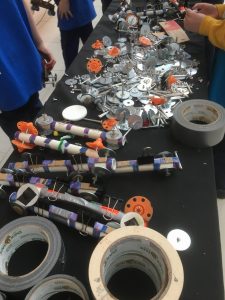
Materials set up for building a car to race on a track at MACUL.
Maker education benefits students’ creativity, problem-solving abilities, and personal identities. One white paper concluded that “the most salient benefits of maker-centered learning for young people have to do with developing a sense of self and a sense of community that empower them to engage with and shape the designed dimension of their world.”
That really resonated with me. It sounded just like that which AARI strives to do for struggling readers, with any informational text that comes across their desk or device.
There’s a lot to consider when starting up a Makerspace. Here are a few of the things I’m thinking about right now:
- How can I learn more about Makerspaces and how to integrate them into my classroom?
- How will I fund materials and technology/equipment?
- How will I organize and set up my materials and classroom to truly embrace the “openness” of a Makerspace?
- How can I best connect this to my curriculum?
- How will I protect my Makerspace, once created?
There are those that scoff at the maker movement, calling it just another fad and no better than art classes or drama clubs. And there are those of us that scoff at those people that would dismiss anything so creative and fun and enjoyable.
But if I took away anything from the MACUL keynotes, it was that being playful and creative is super important to children’s ability to learn, adapt, and grow as human beings.
So, in the spirit of taking a risk, let’s start making! If you have any ideas or suggestions for my Makerspace journey, please post on social media or in the comments below.

My first attempt at tinkering with Strawbees building kits.
Caroline Thompson (@TeacherThompson) taught middle school ELA for twelve years in Lake Orion before becoming a stay-at-home mom. She supports AARI teachers for Oakland Schools as an independent literacy consultant in the areas of digital media, professional development, and non-fiction resources. Caroline is a Reading and Writing Workshop advocate, a 2008 Oakland Writing Project Teacher Consultant, and a 2009 Oakland County Outstanding Teacher of the Year Nominee. She has a BA in English from Michigan State University and a Masters in the Art of Teaching Reading from Oakland University. She lives in Berkley, Michigan with her husband and their three year old daughter.

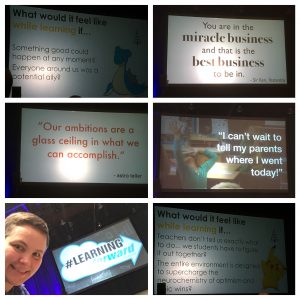
 Strong words, right? Whenever I see the words hate and reading this close together, my skin crawls.
Strong words, right? Whenever I see the words hate and reading this close together, my skin crawls.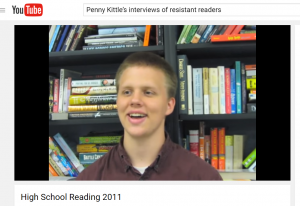
 Lauren Nizol (
Lauren Nizol (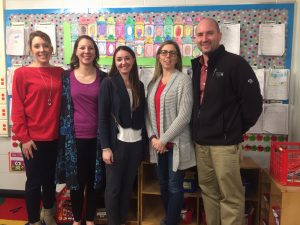
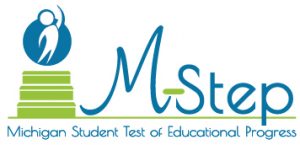 While all eyes are on spring break, just behind it lurks the dreaded, gray fog–the time when the use of technology in our building becomes dedicated to one purpose: M-STEP.
While all eyes are on spring break, just behind it lurks the dreaded, gray fog–the time when the use of technology in our building becomes dedicated to one purpose: M-STEP. One of my favorites–and, for my students, most beneficial–is blogging. Blogging is something we do all year long, but in the spring we also participate in the
One of my favorites–and, for my students, most beneficial–is blogging. Blogging is something we do all year long, but in the spring we also participate in the  Beth Rogers is a fifth grade teacher for
Beth Rogers is a fifth grade teacher for 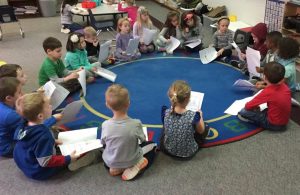

 Tricia Ziegler (Twitter:
Tricia Ziegler (Twitter: 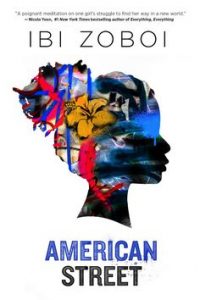 What’s more fun than reading a book set in a place with which you are intimately familiar? To read about restaurants, buildings, and even street names that you know personally is a small thrill.
What’s more fun than reading a book set in a place with which you are intimately familiar? To read about restaurants, buildings, and even street names that you know personally is a small thrill. Bethany Bratney
Bethany Bratney Student portfolios are a buzzword in education right now. The idea isn’t new, as many educators know. What is new is the idea of digital portfolios. Many software companies are jumping on board and offering some user-friendly options, which are perfect for many classrooms and families (these include
Student portfolios are a buzzword in education right now. The idea isn’t new, as many educators know. What is new is the idea of digital portfolios. Many software companies are jumping on board and offering some user-friendly options, which are perfect for many classrooms and families (these include 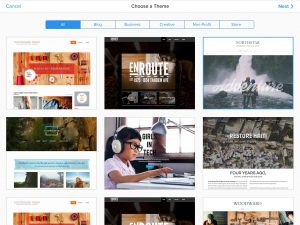
 In this podcast, Dr. Lauren Childs talks with Ron Ritchhart about Cultures of Thinking.
In this podcast, Dr. Lauren Childs talks with Ron Ritchhart about Cultures of Thinking.
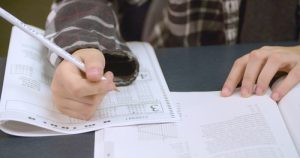 We’ve heard this question a million times from our students, and it’s an important one. If our purpose is to more authentically teach students to write
We’ve heard this question a million times from our students, and it’s an important one. If our purpose is to more authentically teach students to write  Megan Kortlandt (
Megan Kortlandt (